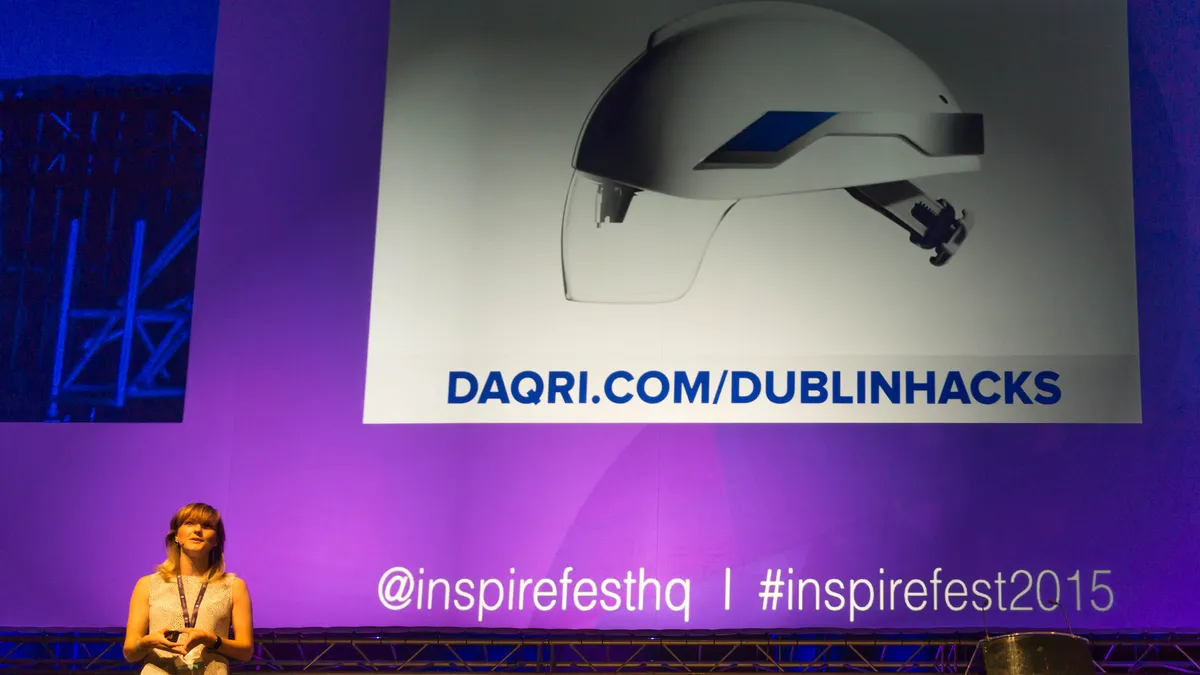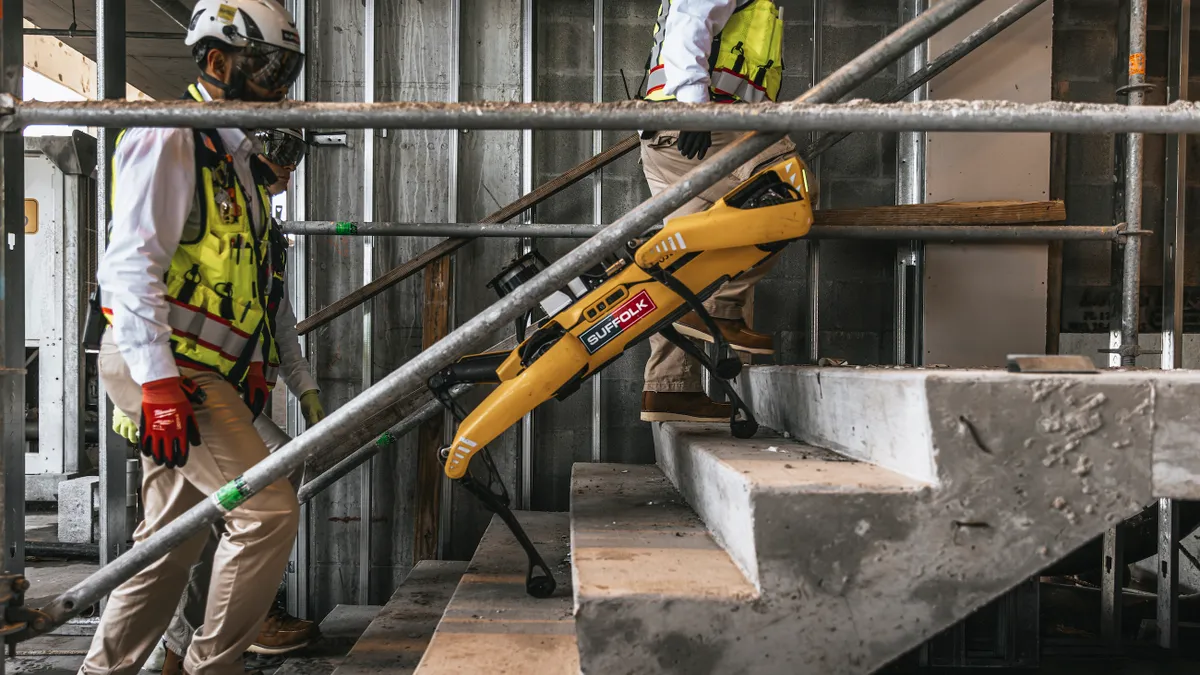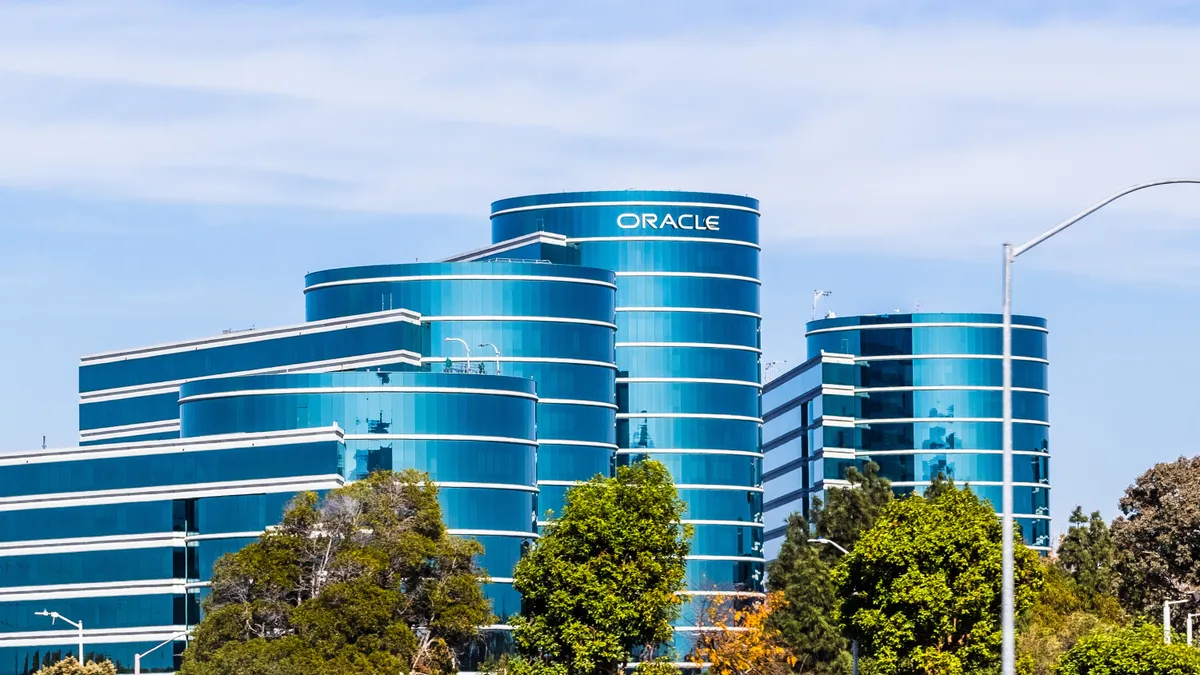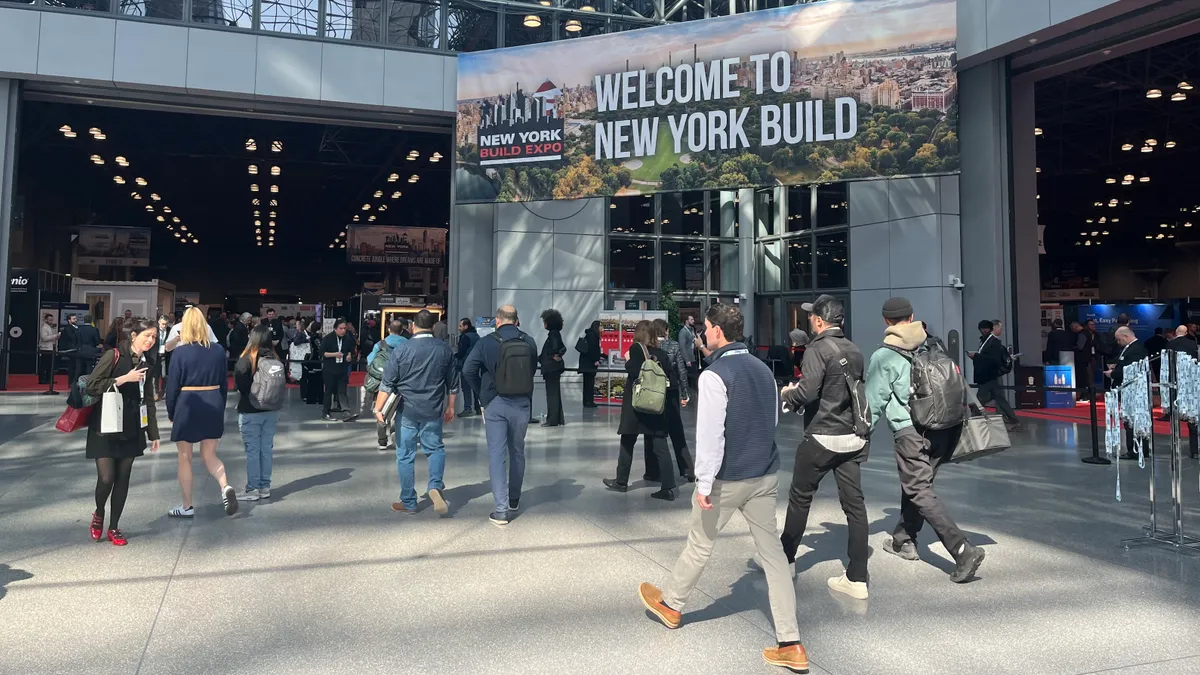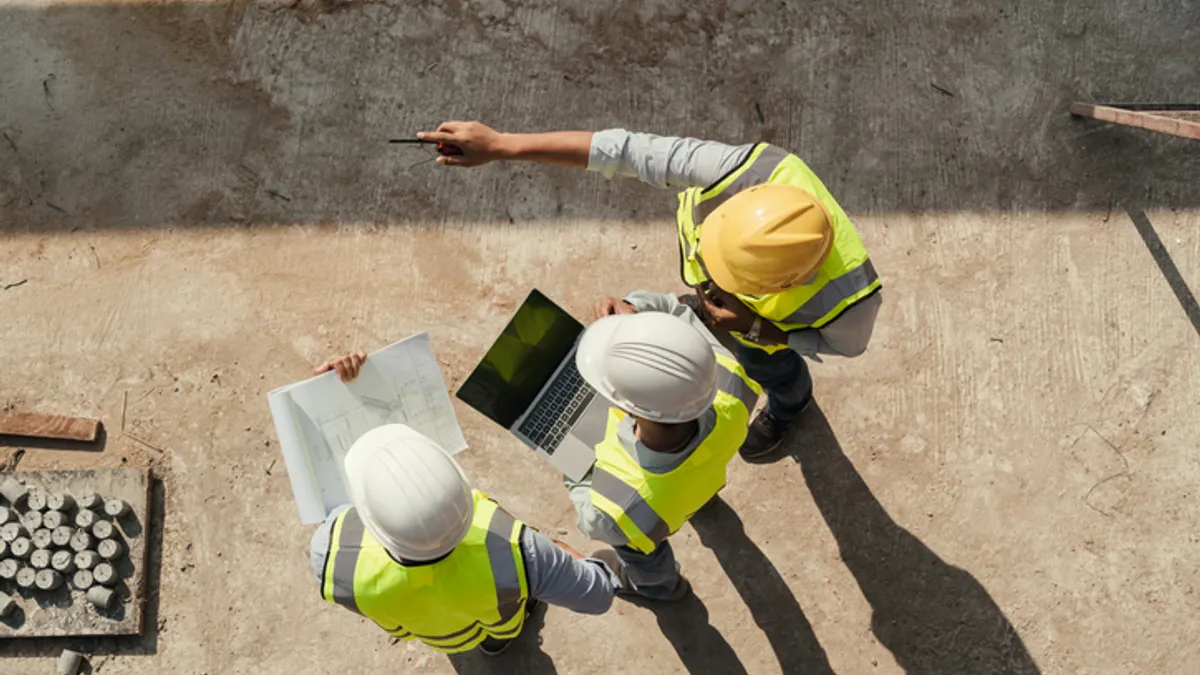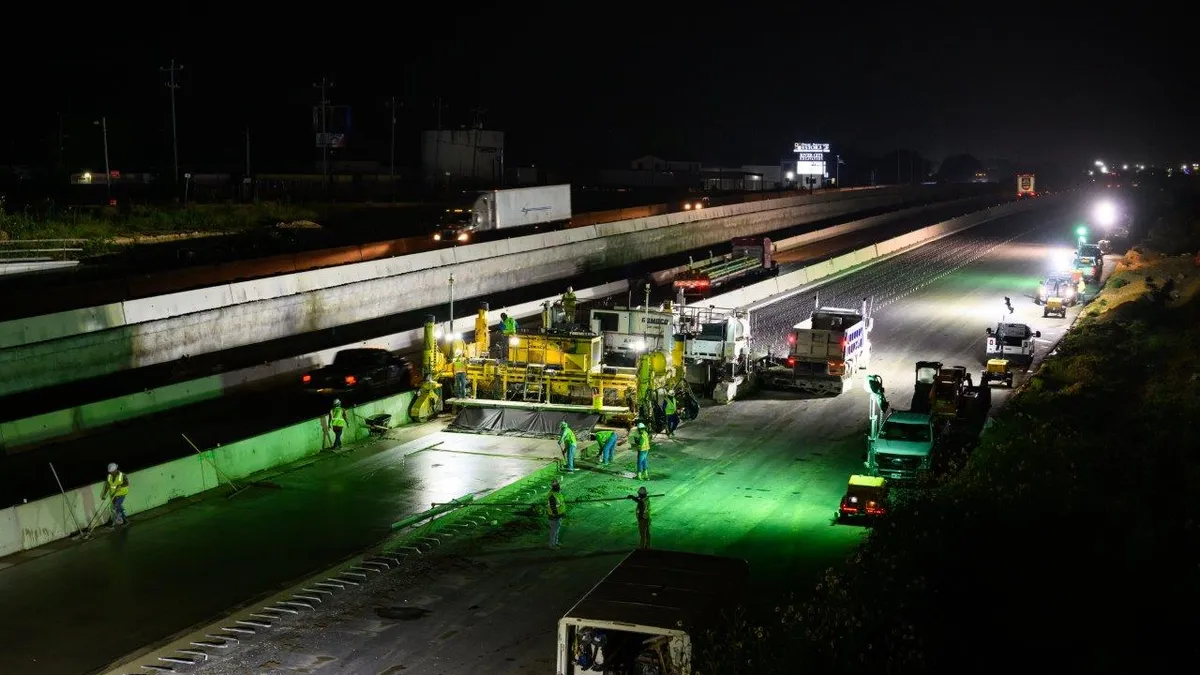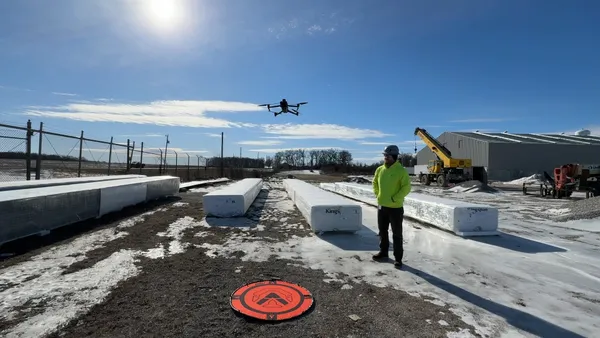There's a name for too much coming at you in the healthcare industry.
"They call it alarm fatigue," said Mika Majapuro, director of product development for Glenview, IL–based Teletrac Navman, who previously worked for Benicia, CA–based Honeywell developing rugged smartphones and hand-held computers to optimize nursing work flows in busy hospitals.
"Every single room has multiple machines and every employee has multiple devices sounding alerts," Majapuro said. "Alarm fatigue is when you don’t know anymore what to react to because the lights and buzzers are going off all of the time, making it increasingly difficult to separate a life-threatening event from the noise."
When it comes to construction job site adoption of augmented reality — the layering of digital data and information over a real-time visual interface — Majapuro anticipates a similar challenge, especially as smart devices, sensors and internet of things (IoT)-enabled equipment continue to proliferate. As a national provider of mixed-fleet telematics, Teletrac Navman collects data on 500,000 different equipment assets across six continents, tracking dozens of real-time fuel, engine and operator performance metrics.
"Everyone is still adopting these technologies ... We’ve not yet reached the phase where information is being exchanged in an intuitive and prioritized way."

Mika Majapuro
Director of product development for Teletrac Navman
Throw in AR-enabled BIM point clouds and 3-D visualizations, mixed reality heads-up displays for drone pilots and data feeds from personnel wearables, and real-time visualization of the job site through the augmented reality lens quickly approaches information overload.
"Everyone is still adopting these technologies, and to integrate them all into one interface, we’ve not yet reached the phase where information is being exchanged in an intuitive and prioritized way, so a user knows the difference between 'an email just came in' versus 'a truck is about to hit me,"' Majapuro said.
As a result, successful deployments of AR construction technology have focused on distinct, task-specific use cases (including equipment repair and MEP visualization) rather than an all-encompassing, heads-up display of all things connected and data-driven on the job site. While some products offer broader visualizations with greater layer multiples than others, and some have retained a tablet versus a smart glasses or visor interface, all remain fixated on delivering a clutter-free view of the real world even as they provide a virtual, data-rich overlay of job site information.
Mixed reality mechanics
In November 2016, Peoria, IL–based Caterpillar licensed San Francisco–based Scope AR to do just that for mechanics at the company’s dealer locations across the globe. Via Caterpillar’s private-labeled LiveShare application, the Scope AR engine allows operators in the field to share live audio and video with remote equipment mechanics and provides AR annotation and highlighting tools to identify specific machine parts, illustrate repair operations or shadow areas of interest.
Related story: The top 5 tech trends at ConExpo 2017
"You can draw on items, you can take a screen shot, you can freeze and zoom and pinch, and there’s even a low battery mode to preserve power that sends a static image rather than forcing video," said Scope AR President David Nedohin. "But the true value across all of those tools is that immediately we have shared audio and video environments where we are seeing and hearing the same things, and we can definitively talk about the same things."
Currently being tested by Skanska UK, the Daqri Smart Helmet provides a visor heads-up display that integrates with BIM models for a real-time overlay comparison of as-built and as-designed mechanicals, electric, plumbing, infrastructure and more. "We also think that remote repair and control will be a significant use case for the technology," Regan Wynne, Daqri's director of marketing and communications.
Powered by a sixth-generation Intel Core m7 processor, the Smart Helmet features a thermal imaging camera and infrared image projection to the helmet visor, while a tracking camera allows the eye to hover and highlight AR buttons and side menus in the heads up display. At 3.3 pounds, the unit can initially seem top-heavy, but weight balancing achieves a comfort level on par with traditional hard hats.
"The user experience is critical to adoption of all new technologies, but especially to augmented reality," said Autodesk construction sales enablement manager Matt DePaolis, who, along with Wynne, offered Construction Dive a preview of Mortenson’s use of the Daqri helmet for BIM visualizations at ConExpo.
"This is an exciting representation of where we are as an industry, where an Autodesk and a Daqri and a Mortenson can come together and leverage developing technologies in an intuitive and practical way," DePaolis said.
Heads up for drones
Augmented reality has also entered the realm of construction drones, with global printer and imaging technology manufacturer Epson introducing the Drone Experience, software integrated with DJI drone hardware to provide an AR-enabled heads-up display for drone pilots wearing Epson’s Moverio BT-300 AR Smart Glasses.
"Drones are already being used for remote inspection of infrastructure and remote imaging of job sites conditions, and AR brings additional layers of information to pilots who also don’t have to take their eye away from the drone to access flight information on a tablet," said Epson product manager of augmented reality solutions Michael Leyva.
Related story: Machinery madness: The coolest exhibits at ConExpo 2017
Leyva said Epson expects an initial 5%-20% of DJI pilots to adopt the AR glasses as a primary interface for flight operations, and likewise emphasized a lean user experience as key to making the company’s mixed reality platform indispensable to UAV operators by minimizing the maps, live video view and telemetry data so as not to block vision of the real world (FAA commercial flight requirements include a constant line of sight between drone and pilot).
And then, of course, there’s the fashion of it all. "There’s a lot for us or any smart glasses or AR provider to consider when it comes to construction," Leyva said. "But let’s face it, if we ever really want you, me and everyone else to wear these things out on the job site, they’re going to have to look as cool as Oakleys."


